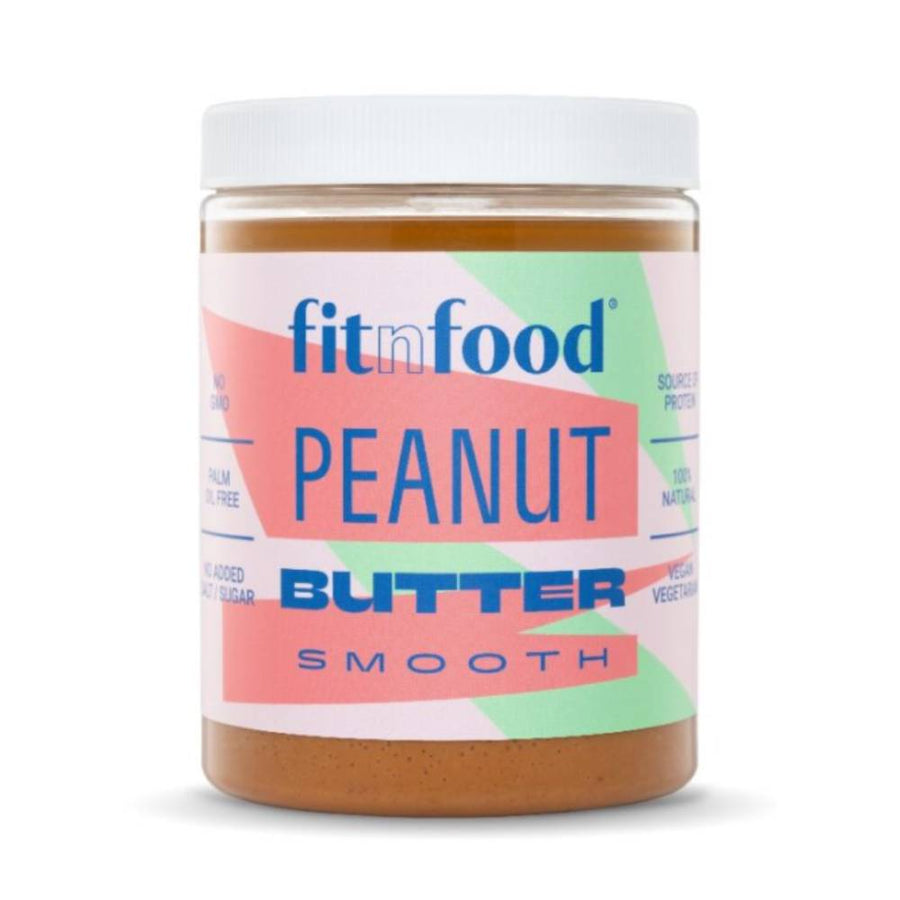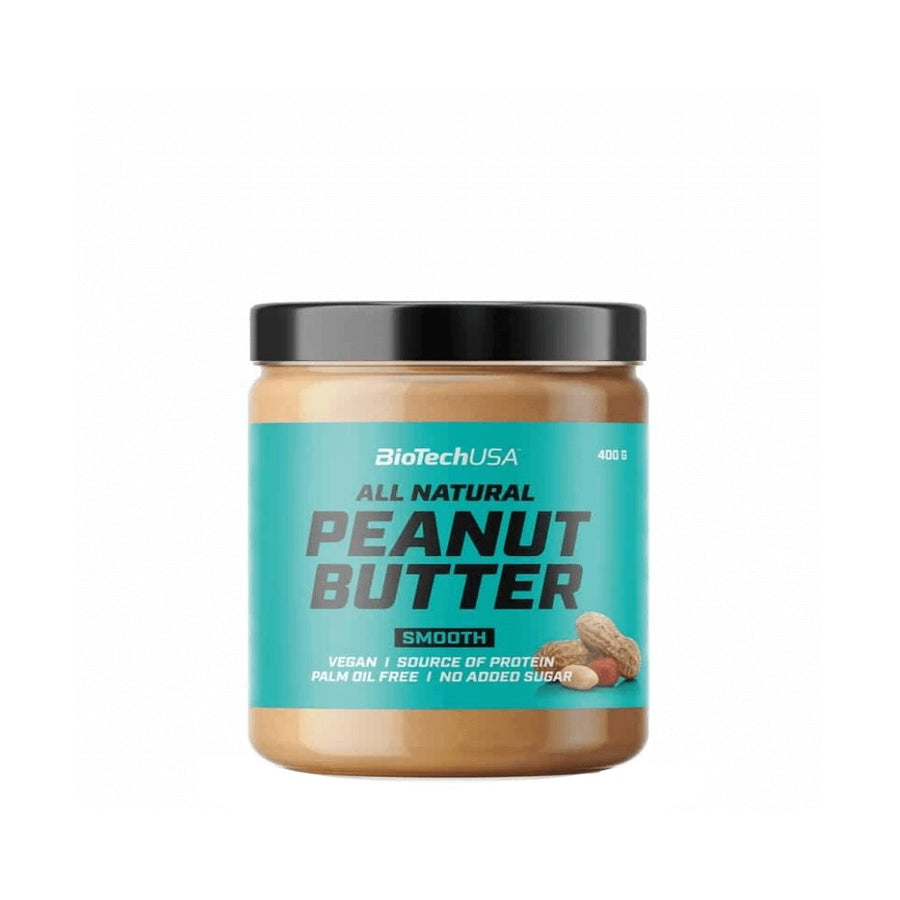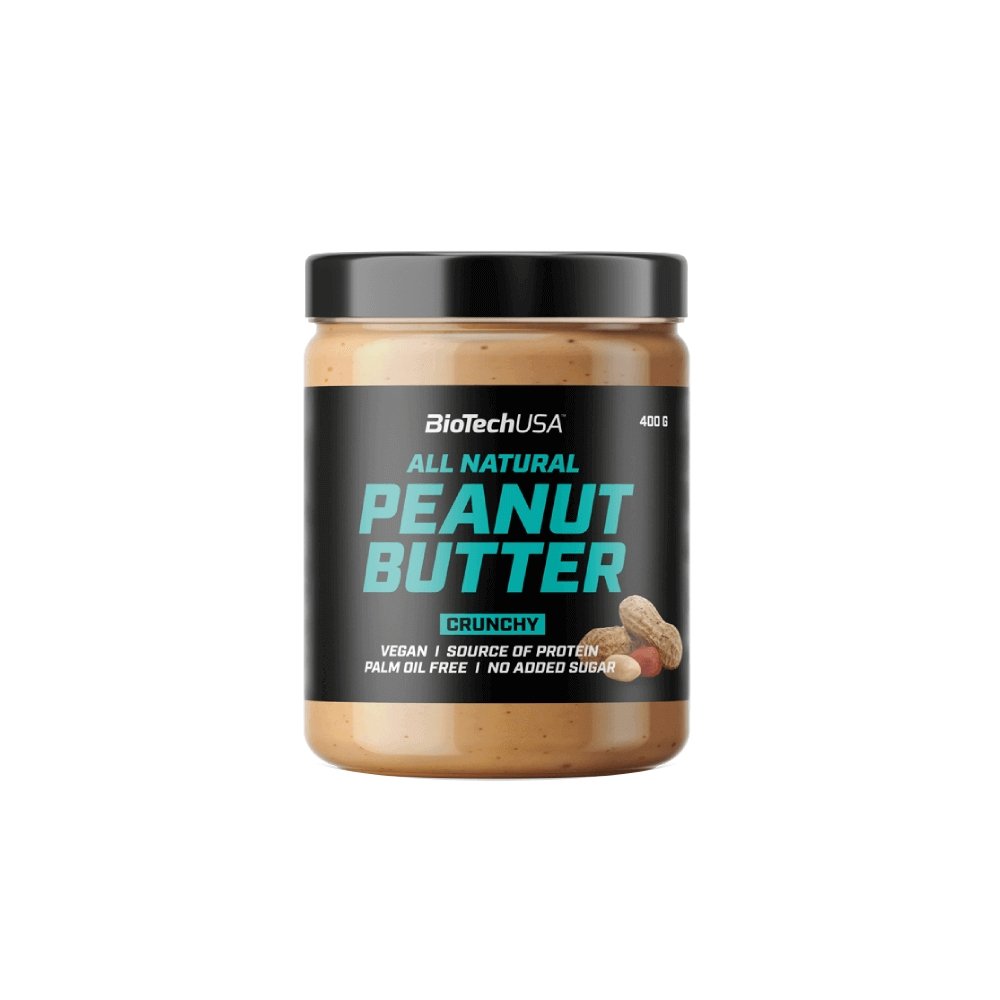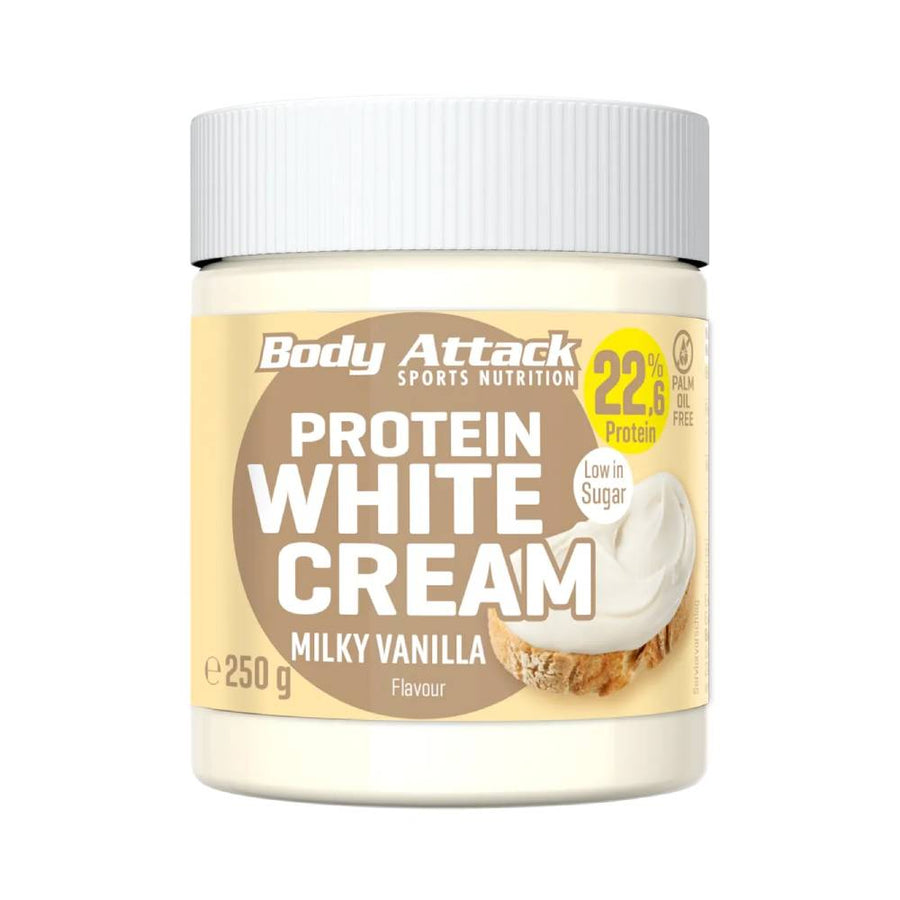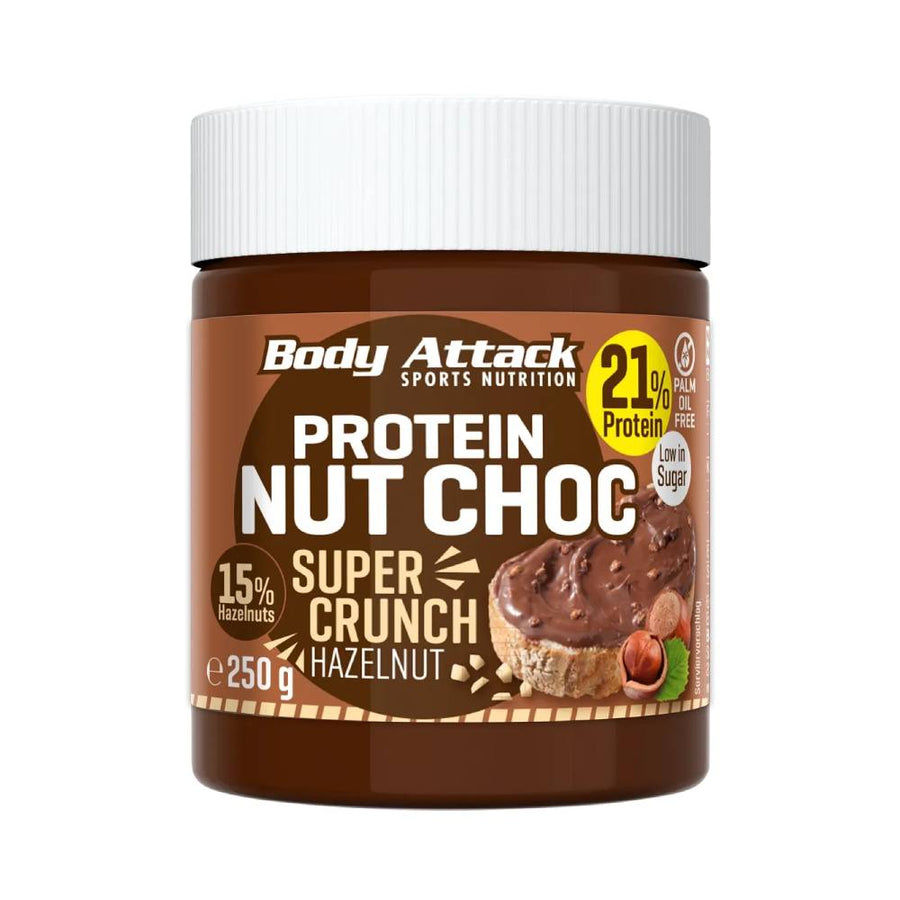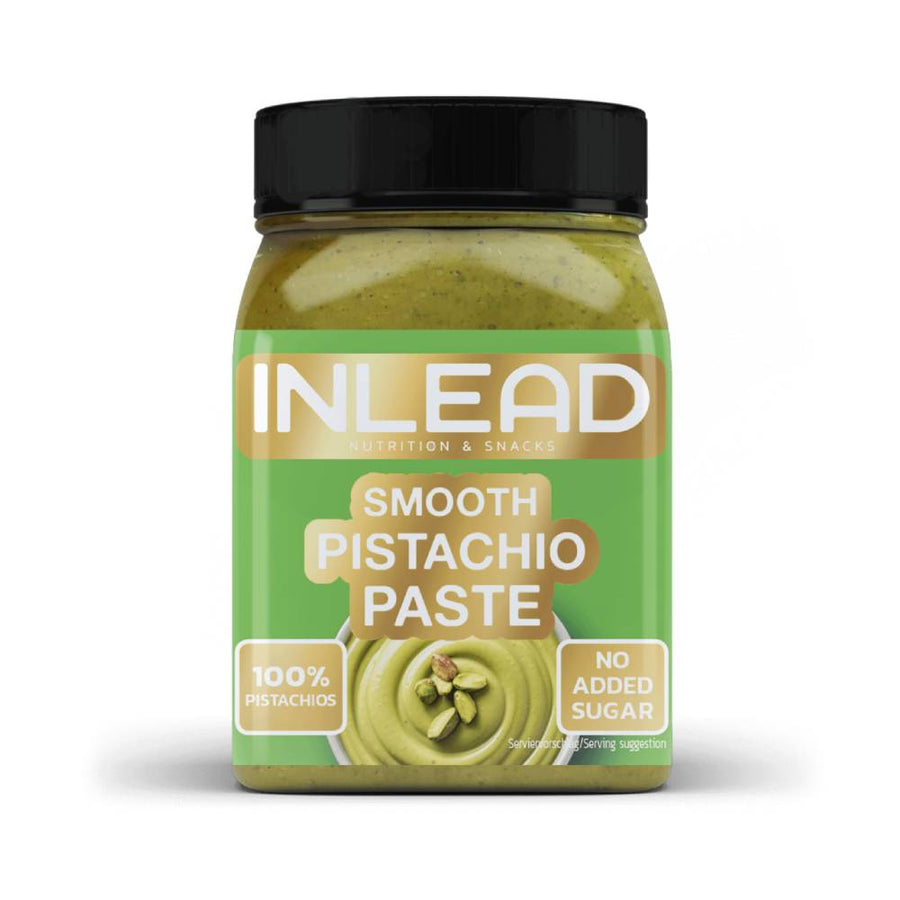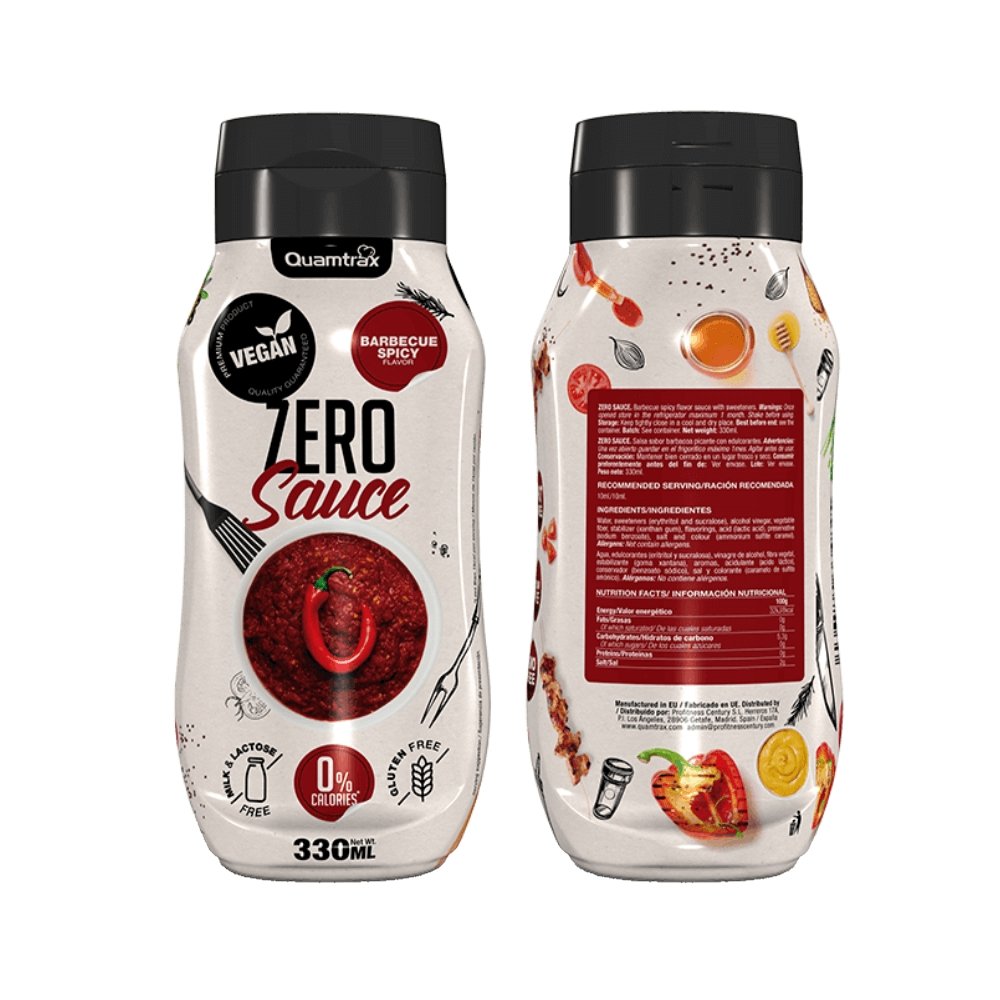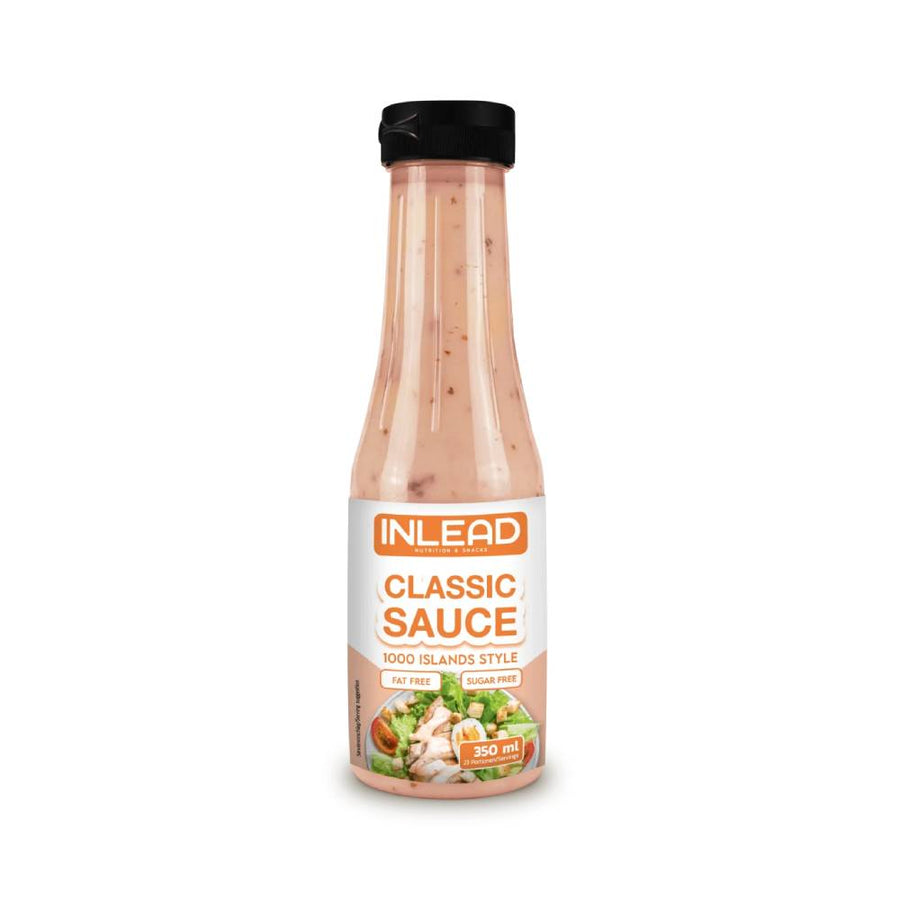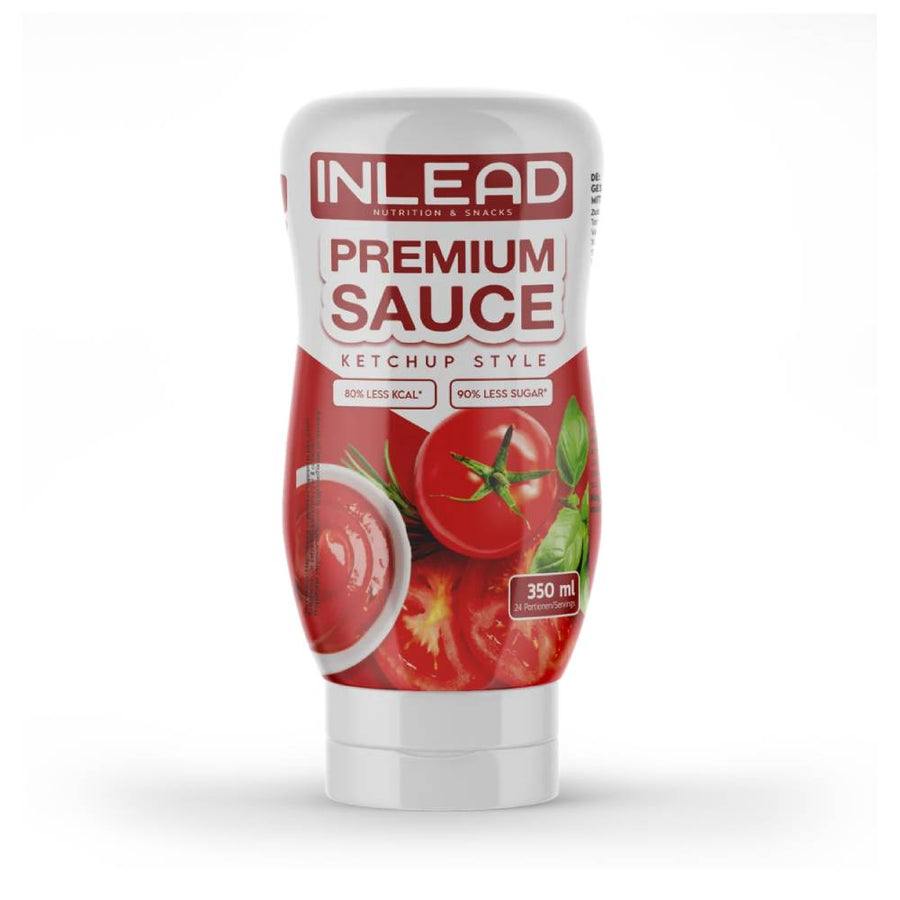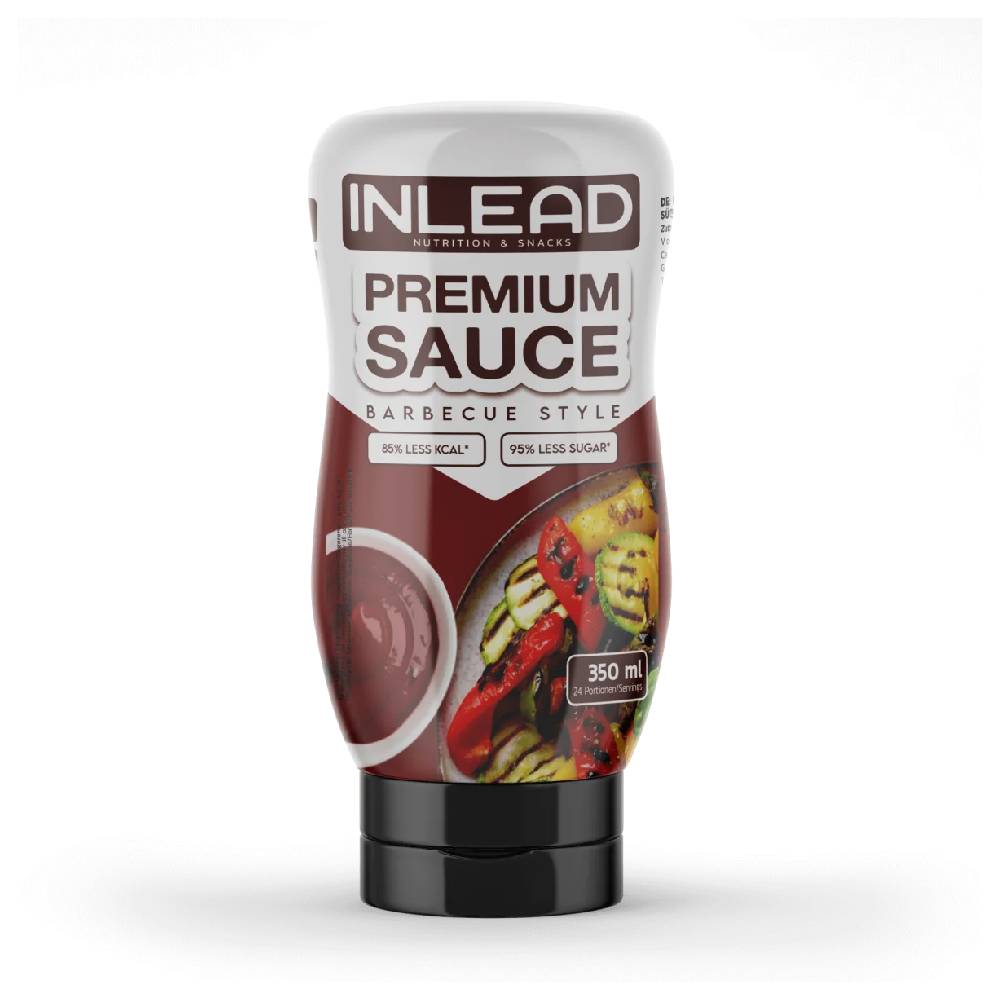2. Healthy and protein waffle recipe - customization options
Customizing your waffle recipe to suit different diets, such as gluten-free or ketogenic, is essential to meeting people’s diverse dietary needs and preferences. This allows people with food intolerances or special diets to enjoy a delicious breakfast or snack without compromising their health. Adapting recipes also encourages dietary diversity and creativity in the kitchen, allowing for experimentation with new and healthy ingredients. By offering personalized options, we promote an inclusive and sustainable lifestyle where everyone can enjoy tasty and nutritious dishes, regardless of their dietary restrictions or goals.
2.1. Gluten-free vegan protein waffles
If you want to make a vegan gluten-free waffle recipe, you'll need to replace a few key ingredients in your protein recipe. First, make sure you use gluten-free oat flour to maintain the desired texture and consistency. Your protein powder should be vegan, with pea, rice, hemp, or soy-based options being great options, which will add essential protein to the batter.
Instead of regular milk, use plant-based milk, such as almond, oat, soy, or your favorite alternative, to hydrate the dry ingredients and achieve the desired consistency. Greek yogurt can be replaced with plant-based coconut, soy, or almond yogurt, which will contribute to the creaminess of the dough and add extra protein.
To replace eggs, use a vegan substitute, such as flax or chia seeds mixed with water. It would be advisable to mix 1 tablespoon of flax or chia seeds to 3 tablespoons of water for each egg. Reserve the baking powder, baking soda, and salt to help the dough rise and enhance the flavors. The melted coconut oil can be reserved, or if you prefer, you can use another vegetable oil, such as olive or avocado, which adds a touch of flavor and healthy fats.
To enhance the flavor of your waffles and add extra nutrients, you can include fresh or dried fruit, such as blueberries, bananas, or dried cranberries, which add natural sweetness and vitamins. Nuts and seeds, such as chopped walnuts, almonds, sunflower seeds, or pumpkin seeds, will add a crunchy texture and essential fatty acids.
Spices such as cinnamon, nutmeg or vanilla extract can enhance the flavor, and coconut flakes can provide an exotic touch. For a nutritional boost, you can add a little spirulina or maca powder, which will enrich the dough with additional vitamins and minerals.
2.2. Ketogenic protein waffles
To adapt this protein waffle recipe to a ketogenic diet, you need to make a few changes to the basic ingredients so that they are low in carbs and high in healthy fats. First, replace the oat flour with almond or coconut flour, both of which have a much lower carb content. Almond flour will provide a smooth texture and a slightly nutty flavor, while coconut flour will add a slight sweetness and absorb more liquid, which is why you need to adjust the amount of liquid accordingly.
To maintain a high protein content, you can continue to use protein powder, but make sure to choose a variety with no added sugar and low in carbohydrates, such as whey protein isolate or hydrolyzed collagen. Instead of plant-based milk, use unsweetened almond milk or low-fat cream, which are higher-fat, lower-carb options. Greek yogurt can be replaced with unsweetened coconut milk yogurt, which adds creaminess and healthy fats.
As for sweeteners, avoid sugar and opt for keto-friendly alternatives like stevia, which won't affect your blood sugar levels. Eggs remain essential for binding the ingredients and creating an airy texture. Instead of coconut or olive oil, you can use clarified butter or butter from cow's milk, which adds healthy fats and a rich flavor.
For extra flavor and nutrients, you can add ground flax seeds, which are rich in omega-3 fatty acids and fiber, or chia seeds, which add texture and essential nutrients. You can also add a little vanilla extract or cinnamon to enhance the flavors.




















